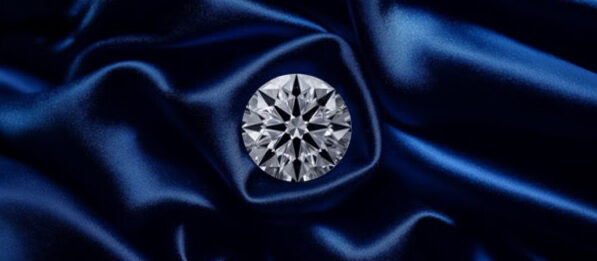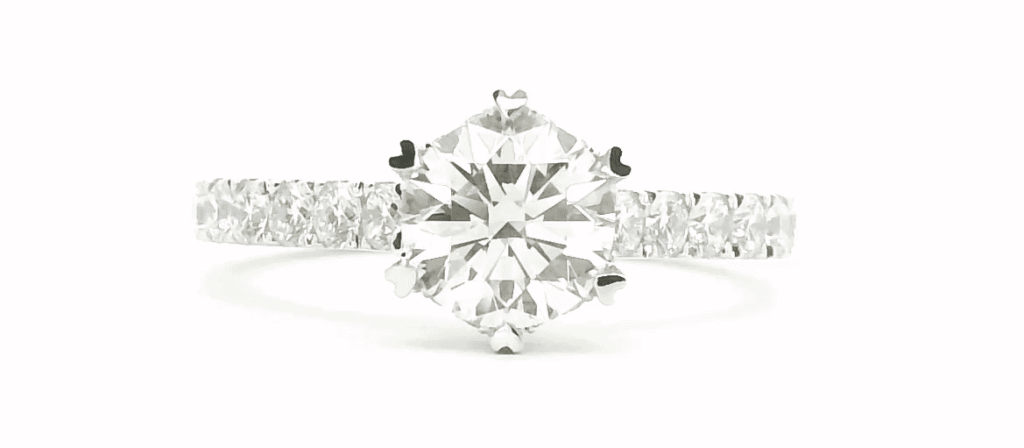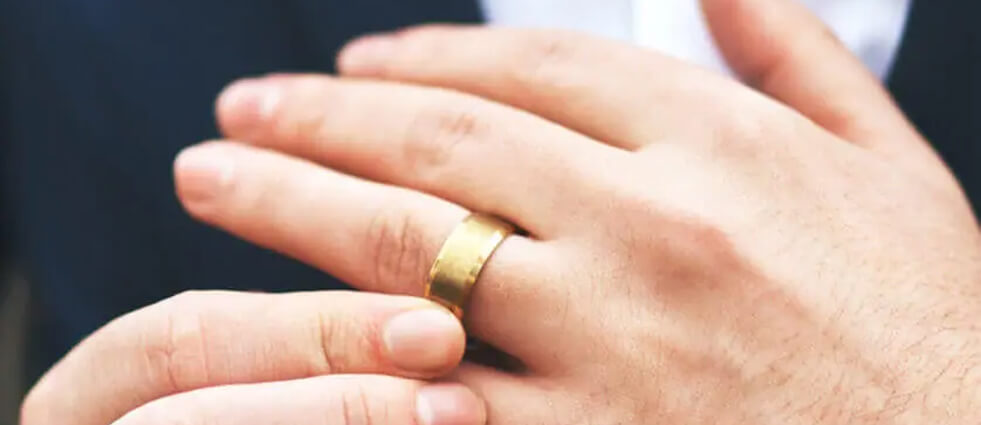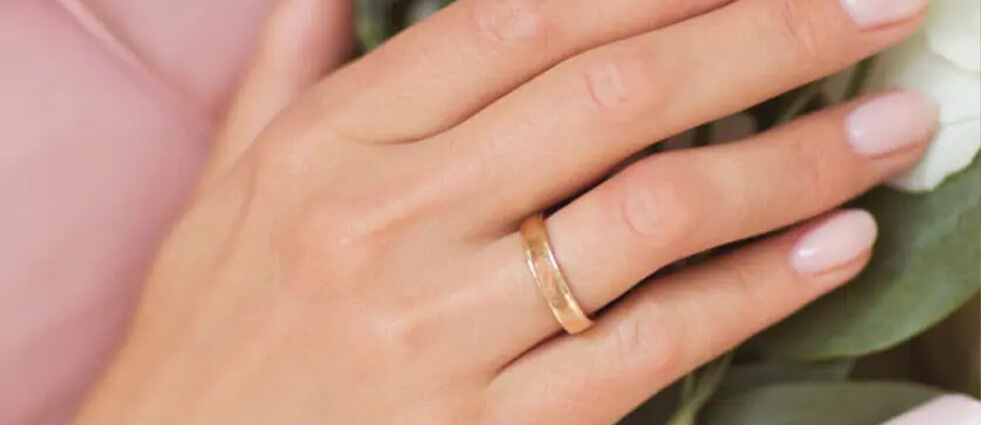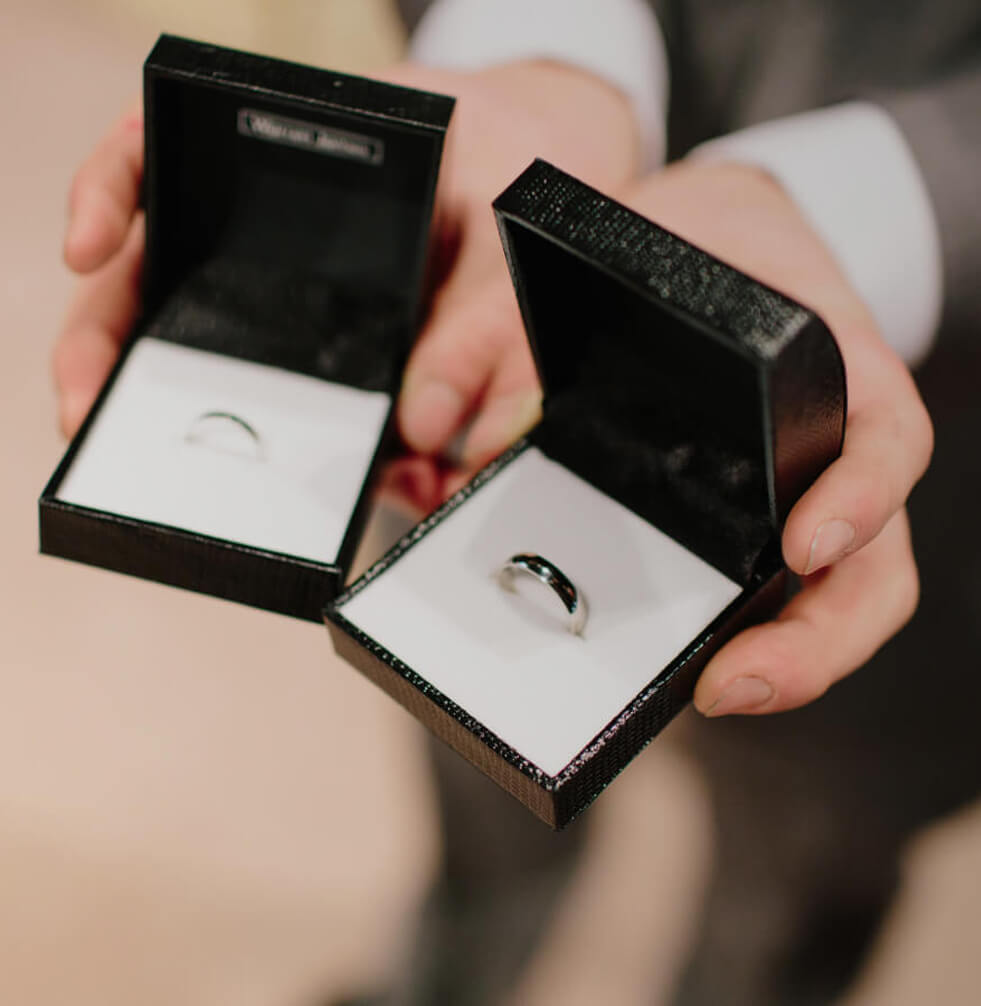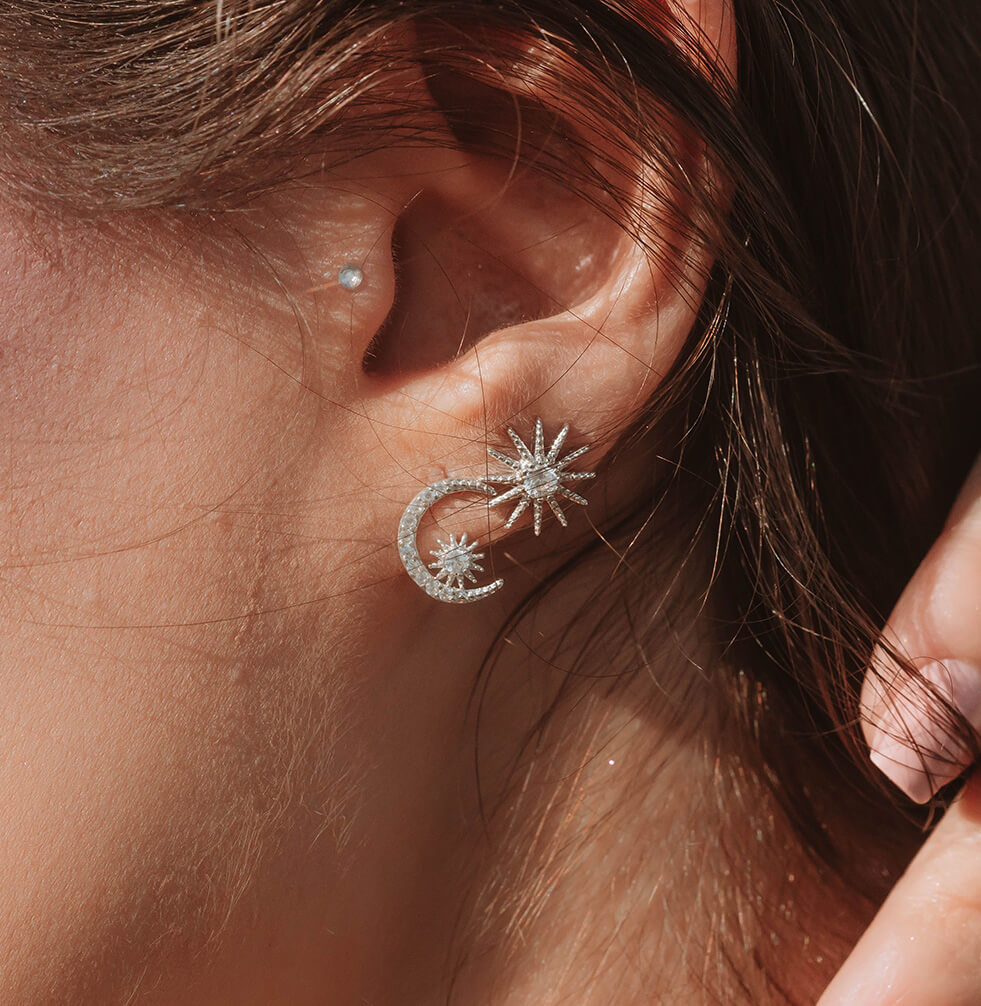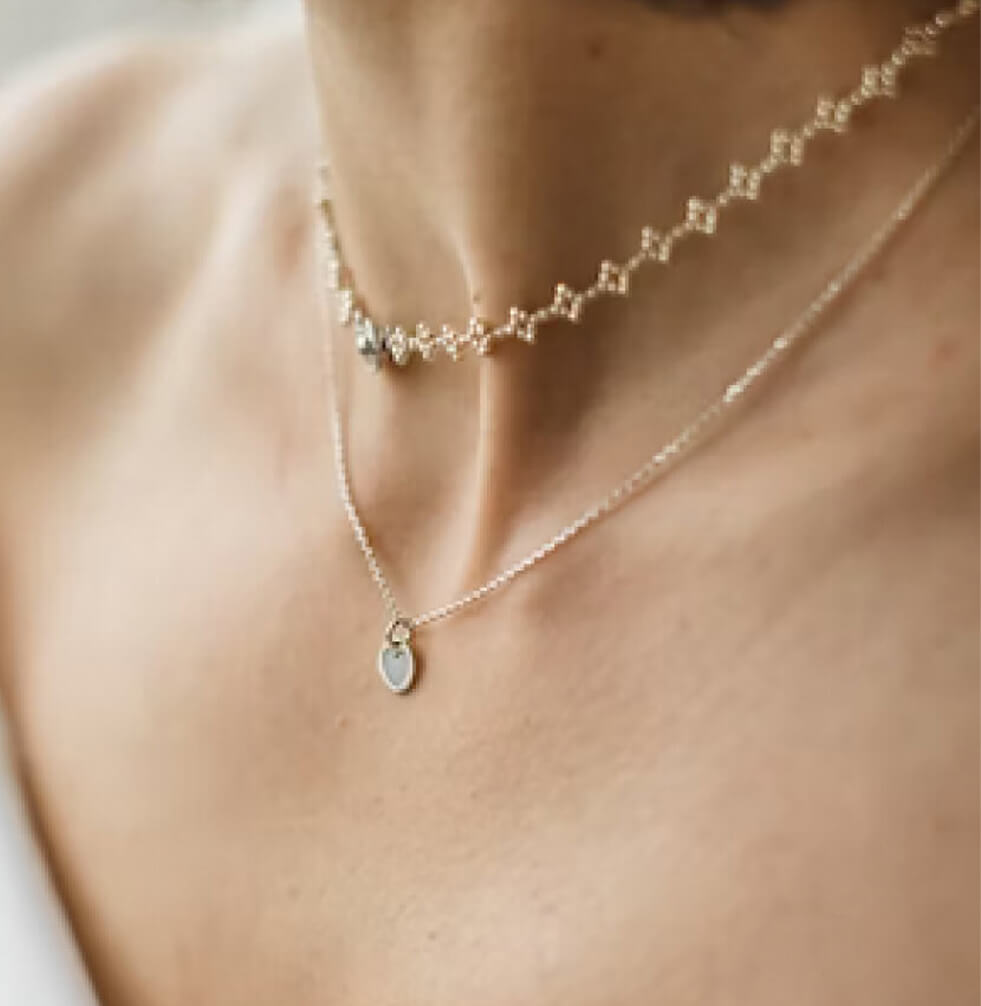Understanding Diamond Carats for Your Perfect Ring
When it comes to selecting the perfect diamond for your engagement ring, understanding carats is essential. The carat weight of a diamond can significantly influence its appearance, size, and, ultimately, its price. However, choosing the right carat involves more than just the numbers; it’s about reflecting your unique style and love story. If you already have a vision for your engagement ring, you can customize your ideal diamond selection here to find the perfect match.
In this article, we’ll explore everything you need to know about diamond carats while emphasizing the importance of a holistic approach to diamond selection.
What is a Carat?
A carat is a unit of weight used to measure diamonds and other gemstones. One carat is equivalent to 200 milligrams (0.2 grams). This measurement plays a crucial role in determining a diamond’s value, as larger stones are generally rarer and more sought after. For those curious about the specifics, you can explore the GIA’s official carat definition for a deeper understanding.
The Difference Between Carats and Points
When discussing diamond weights, it’s important to understand the distinction between carats and points. A point is a subunit of a carat, where one carat equals 100 points. For example, a diamond weighing 50 points is considered a 0.50 carat diamond. This level of detail can help you better appreciate the nuances of different diamond sizes, especially when comparing options for your engagement ring.
Carat Weight Ranges
Diamonds come in various carat weight ranges, and each range can affect the stone’s appearance and price. Here are some common carat ranges and what you might expect in terms of size:
- Under 0.50 Carats: Often considered “small” diamonds, these stones can still hold significant beauty and brilliance. Couples looking for a delicate or vintage-inspired ring often choose stones in this range.
- 0.50 to 0.99 Carats: This range offers a balance between affordability and presence. A 0.75 carat diamond, for example, can appear larger than its weight due to its cut and setting, making it a popular choice for those wanting a noticeable stone without breaking the bank.
- 1.00 to 1.49 Carats: A 1-carat diamond is often seen as the classic choice for engagement rings. It offers a striking visual impact and is a common preference for many couples. Some may opt for a 1.25 carat diamond to stand out while still managing budget considerations.
- 1.50 to 2.99 Carats: Diamonds in this range are considered “larger” stones and often come with a higher price tag due to their rarity. A couple looking to make a statement might choose a 2-carat diamond, which is sure to catch the eye.
- 3 Carats and Above: These are typically seen as “statement” pieces. Couples looking for something extraordinary often gravitate toward these larger diamonds, but it’s crucial to balance the carat weight with cut, color, and clarity for optimal beauty.
The Impact of Carat Weight on Size and Appearance
Carat weight directly influences the size of a diamond. A 1 carat diamond is often viewed as the ideal choice for many couples, striking a balance between appearance and cost. However, it’s crucial to note that carat weight does not always correlate with perceived size. Factors like cut, shape, and setting can significantly impact how large a diamond appears.
How Carat Measurement is Done
Understanding how carat measurement is conducted can demystify the process for you. Diamonds are weighed on precise scales, ensuring accuracy. It’s interesting to note that diamonds are cleaned to remove any moisture before weighing, allowing for a more accurate measurement. Furthermore, density does not change with temperature, and carat measurements are typically performed at temperatures around 20-25 degrees Celsius. This consistency ensures that all diamonds of the same weight have a standardized density due to their unique crystalline structure.
Choosing the Right Carat for Your Ring
Selecting the ideal carat weight for your engagement ring should be a personal decision that reflects your individual style and story. While a larger carat might seem attractive, it’s vital to consider how the weight aligns with your lifestyle, preferences, and budget. Each couple’s love story is unique, and the carat weight should symbolize that.
By focusing on the features that truly matter to you, like the diamond’s cut, clarity, and color, you can find a beautiful ring that fits both your vision and your budget. Our article on Affordable Diamond Engagement Rings elaborates on how understanding carat and other features can lead to a more meaningful selection process without unnecessary costs.
Understanding the Pricing of Diamonds by Carat
While carat weight significantly influences pricing, it’s just one of several factors to consider when assessing a diamond’s overall beauty. The market for diamonds is multifaceted, and understanding how carat weight interacts with other aspects such as cut, clarity, and color is essential for making an informed purchase.
A well-cut diamond, for instance, can appear larger than its actual carat weight, which underscores the importance of prioritizing cut quality in your selection process. However, taking a holistic approach to your engagement ring choice goes beyond the diamond itself. It involves thoughtfully considering how all elements of the ring—such as the diamond’s properties, the ring setting, and the overall style—work together to create a piece that reflects your unique love story.
By engaging in this comprehensive evaluation, couples can ensure that they choose a diamond that resonates with their personal preferences while also fitting within their budget. This holistic mindset allows for a more meaningful selection process, ultimately leading to a ring that embodies both beauty and significance.
Common Questions About Diamond Carats
You might have several questions about diamond carats, such as:
- How do you tell how many carats a diamond is? Generally, this is determined by weighing the diamond on a precise scale.
- What is the difference between a 1 carat and a 2 carat diamond? The primary difference is weight and size, but a 2 carat diamond can be more expensive due to its rarity.
- What are points in diamonds? As mentioned earlier, points are subdivisions of carats and help provide finer distinctions in diamond weights.
Additional Considerations for Holistic Diamond Selection
While carat weight is an important factor, the selection of a diamond is a holistic process. The cut of a diamond, for instance, can dramatically impact its appearance and how light interacts with the stone. Understanding the nuances of the cutting process can help you make more informed decisions about your diamond. For further reading, check out our article on Understanding Diamond Cuts: The Perfect Sparkle, which delves into how cuts influence carat weight and overall value.
Additionally, considering other aspects such as the setting and ring style is essential for a comprehensive understanding of your options. Our guide on Crafting the Perfect Engagement Ring provides valuable insights into selecting all the elements that make your ring uniquely yours.
Conclusion
Understanding diamond carats is crucial for making an informed and meaningful choice when selecting an engagement ring. Remember that carat weight is just one aspect of a diamond’s beauty. By adopting a holistic approach and considering other features like cut, clarity, and color, you can find a stunning diamond that fits your unique style and love story.
Are you ready to explore your options and find the perfect ring? Contact Us to connect with our expert jewelers for a personalized consultation. At Diamond Ateliers, we are committed to helping you find a beautiful ring that embodies your love story without compromising on quality or exceeding your budget. Together, let’s make your dream ring a reality!

